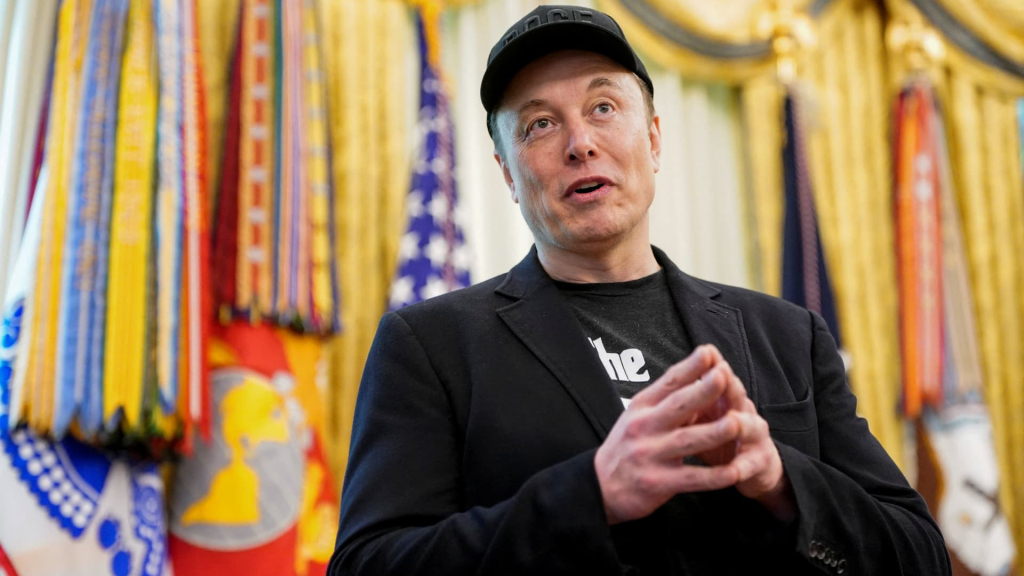Elon Musk’s influence was palpable but absent as jury selection proceeded on Monday in Miami for a federal civil lawsuit stemming from a tragic incident in 2019. The case involves a fatal crash of a Tesla Model S, which was operating under Autopilot, resulting in the death of a pedestrian and serious injuries to another.
A potential juror expressed the challenges posed by Musk’s presence in the case, stating, “Anything that involves Elon Musk is very hard for me.”
Another juror voiced concern about being impartial toward Tesla, citing the company’s reputation and its connections to government, fueled by extensive media coverage.
This lawsuit represents the first trial related to incidents involving Tesla’s Autopilot system and is particularly notable in light of Musk’s prominent role as a senior advisor to former President Donald Trump during his administration. Musk’s influence and the subsequent fallout over federal policies, including tax reforms, have made him a polarizing figure across the country.
Tesla attorney Thomas Branigan remarked to the assembly of potential jurors, “It’s hard to hear the name Elon Musk and not have a view, positive or negative.” He emphasized, however, that the case itself should not focus on Musk, despite his strong ties to the company.
Branigan asked jurors if their opinions of Musk could be set aside. Three individuals indicated that their perspectives on the billionaire would hinder their ability to remain impartial in the trial.
One juror articulated the conflict he faced, acknowledging, “I understand he isn’t Tesla. But he is very tied to the Tesla brand.” This sentiment was echoed by others who had previously expressed negative opinions about Musk. Branigan probed jurors about their previous statements regarding Musk and Tesla, which were confirmed as negative by some jurors during the proceedings.
In the end, the jury was composed of six women and three men. The legal action was initiated against Tesla by the family of Naibel Benavides, who lost her life in the incident, along with her boyfriend, Dillon Angulo, who sustained severe injuries. The vehicle’s driver, George McGee, settled with the plaintiffs prior to the trial and is not being held as a defendant.
The plaintiffs contend that Tesla’s Autopilot feature was inherently flawed and thereby dangerous. This is just one of numerous lawsuits faced by Tesla related to accidents involving its Autopilot and Full Self-Driving (Supervised) functionalities.
Full Self-Driving is the more advanced version of Tesla’s semi-automated driving system, while Autopilot is included as a standard feature in new Tesla vehicles.
The company’s website labels Autopilot as “an advanced driver assistance system that enhances safety and convenience behind the wheel,” while promoting Full Self-Driving as capable of navigating various driving tasks with driver oversight.
Following the assembly of the jury, plaintiffs’ attorney Brett Schreiber delivered an opening statement, indicating that the evidence would illustrate Tesla’s disregard for warnings issued about their products over the years.
Schreiber posited that the jury would need to consider whether Tesla’s decisions stemmed from a Silicon Valley mentality of “moving fast and breaking things.” He noted that there was no dispute over the fact that the driver involved in the incident acted recklessly, distractedly searching for his fallen phone while accelerating towards Benavides.
“This is a case about shared responsibility,” Schreiber argued, outlining that Tesla should be held accountable for the flaws within their Autopilot system. He contended that the stage was improperly set for the negligence that led to the events unfolding in court.
Statements made by Musk regarding the capabilities of Tesla’s sensors would also be presented as evidence, including his assertion that the vehicle was “safer than a human,” Schreiber indicated.
In response, Tesla stated that the evidence would demonstrate that the crash was unrelated to their Autopilot technology, attributing the incident to driver distraction. The company added that at the time of the crash, no existing crash avoidance technologies would have been capable of preventing such an accident.
— Dan Mangan reported from New York and Maria Pinero reported from Miami


























